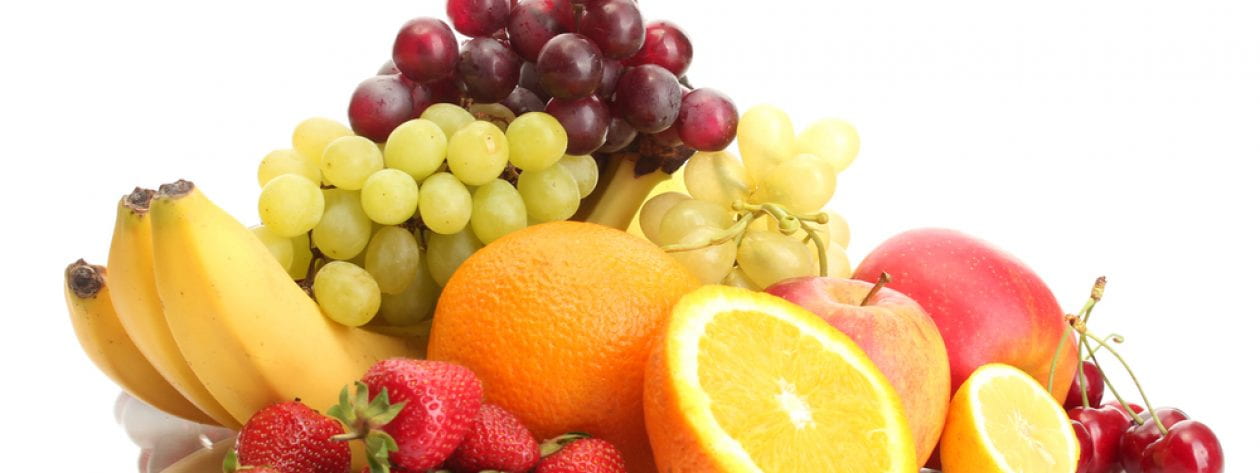Choose MyPlate with campus dining!
Do you want to improve your health through the meals you eat on campus?
Do you feel like you have trouble making your plate healthy at meals?
Then, stay tuned for these tips to get you on the right track and find out how easy the USDA’s MyPlate guidelines are to follow, after all.
So, what’s MyPlate? MyPlate’s mission through the USDA is to improve the nutrition and well-being of Americans through two primary objectives: advance and promote dietary guidance for all Americans and to conduct applied research and analyses in nutrition and consumer economics. The first picture below is the direct result of years of continued research on the best way to promote dietary guidelines to Americans! However, they didn’t always make it this easy.
Before 2011, and the days of MyPlate, the Food Guide Pyramid was the visual used by the USDA to show the five food groups and recommended amounts for each. The second visual above is what your parents were most likely taught back in the day when they were in school! Don’t you think the new MyPlate is easier to follow?
MyPlate, which continues to focus on the on the five food groups like the Food Guide Pyramid once did, serves as a colorful visual to encourage personalization of food choices and recommended portion sizes. With this layout it’s suggested that your start by filling half your plate with fruits and vegetables, then fill about a quarter of your plate with protein (preferably lean protein), and then fill the last quarter of your plate with grains. You can complement your plate with a serving of dairy or high-calcium milk alternative like yogurt, milk, or fortified almond or soy milk. Examples of fruits include apples, bananas, grapes, and oranges. Vegetables include peppers, spinach, broccoli and squash. Lean proteins include plant-based proteins such as beans, lentils and quinoa and non-plant-based proteins such as fish and chicken. Some healthy grains include whole wheat toast, white, brown and wild rice, and multigrain breads.
General MyPlate guidelines for each of the food groups include:
- making half the grains you eat whole grains
- varying your fruits and vegetables or eat all the colors of the rainbow
- choose primarily low-fat and fat-free dairy items
- keep your meat proteins portion sizes under control (around 3-4 ounces but this depends on the type of meat and your individual needs)
- avoid overeating foods that are high in solid fats or added sugars
How can we apply these “rules” to dining on campus?
Compare the MyPlate guidelines above to the picture below. This meal below was prepared at one of our All You Care To Eat locations on campus. As you can see, more than half of the plate is filled with grapes, cantaloupe, honeydew, butternut squash and mixed veggies. The grain component of the plate includes a quinoa falafel and the protein portion of the plate includes Penn State’s famous cider brined smoked turkey. All with a side of our Creamery’s low-fat milk as a serving of dairy.
Although there’s a large amount of options each day, it’s not always easy to make the best choices and come up with a plate that looks like the one above. On some days the pizza may sound better to you than the veggies. Or, the chicken tenders might be calling your name louder than the turkey. But remember, there’s always small changes you can make to improve your eating habits. You can opt for the whole wheat pasta instead of the original penne pasta, or maybe get a piece of hand fruit when leaving the dining commons instead of the ice cream cone to-go every day. Some things to keep in mind in the deli areas of commons are to choose whole wheat or multi-grain breads/wraps instead or white breads/wraps. If you don’t like the vegetable choices being served at the buffet, then you can choose to make yourself a side salad at the salad bar which also offers a variety of fruit options.
Dietitian Tips: If there’s multiple menu items that are tasty enough to eat five servings of, always remember that it won’t be the last time you’ll see them on the menu. The cycle menu allows for these items to pop up at least every 3 weeks! Yes, you’ll see that butternut squash mash every few weeks! No need to eat a whole plate of it this time. Can’t pick between items one day? Ask for smaller servings of each or serve yourself a smaller amount so you are not overeating.
As for dessert, it’s okay to enjoy it occasionally. Yes, you read that right. It’s okay to have the famous Death By Chocolate on certain occasions as a treat. Always remember, everyone’s body is different, and has different requirements, so try to find the plan that helps you feel the best!
For more information check out the nutrition tab on the Penn State food services website at foodservices.psu.edu and follow us on Instagram @psudining_dietitians. Better yet, get to know your Green Hats in each of the commons. They’re students just like you who can help with healthier options. Or, reach out to the Registered Dietitian’s office for tips/suggestions.
Want more information on these recommendations without having to talk to anyone? Your first stop should be to visit the ChooseMyPlate.gov website. Now, here’s an excellent resource for finding tips, pictures, and other printable or downloadable materials for meal planning, budgeting, and adjusting your food choices!
Stay tuned for the Registered Dietitian’s Office collaboration with Healthworks during National Nutrition Month. On March 30th, you’ll see tables set up in each of the dining commons for a “Build Your Plate” theme!
By: Hannah Fitzgerald




